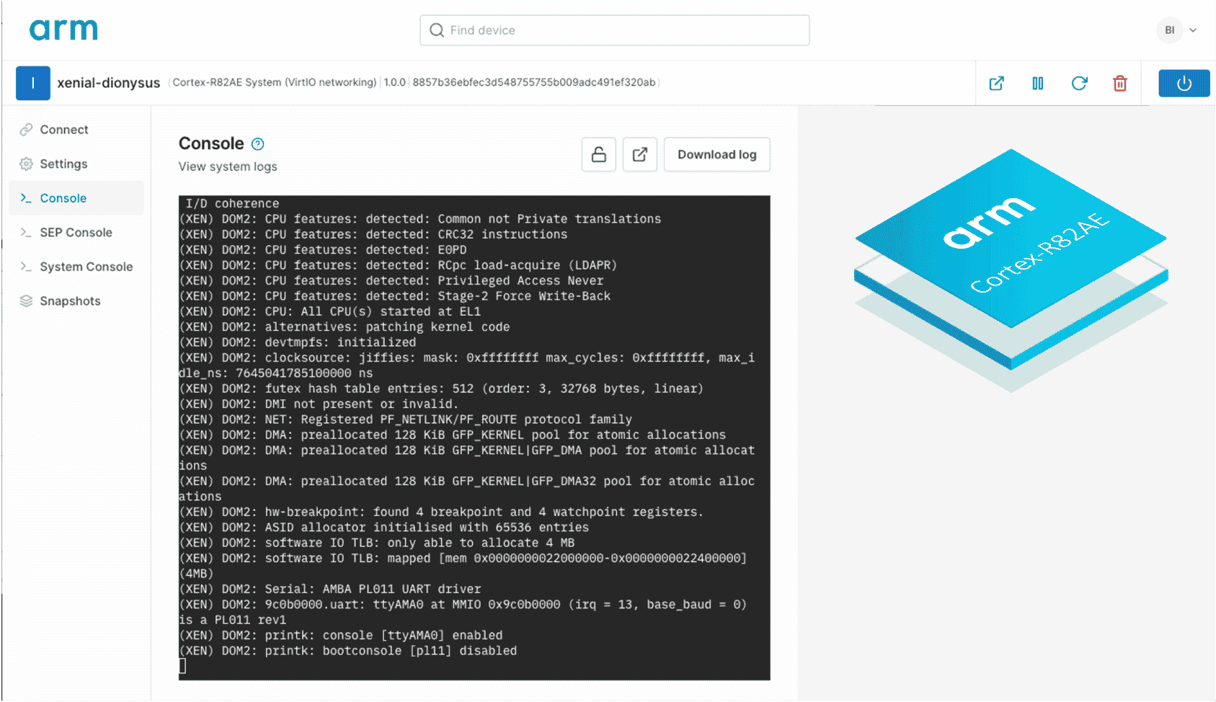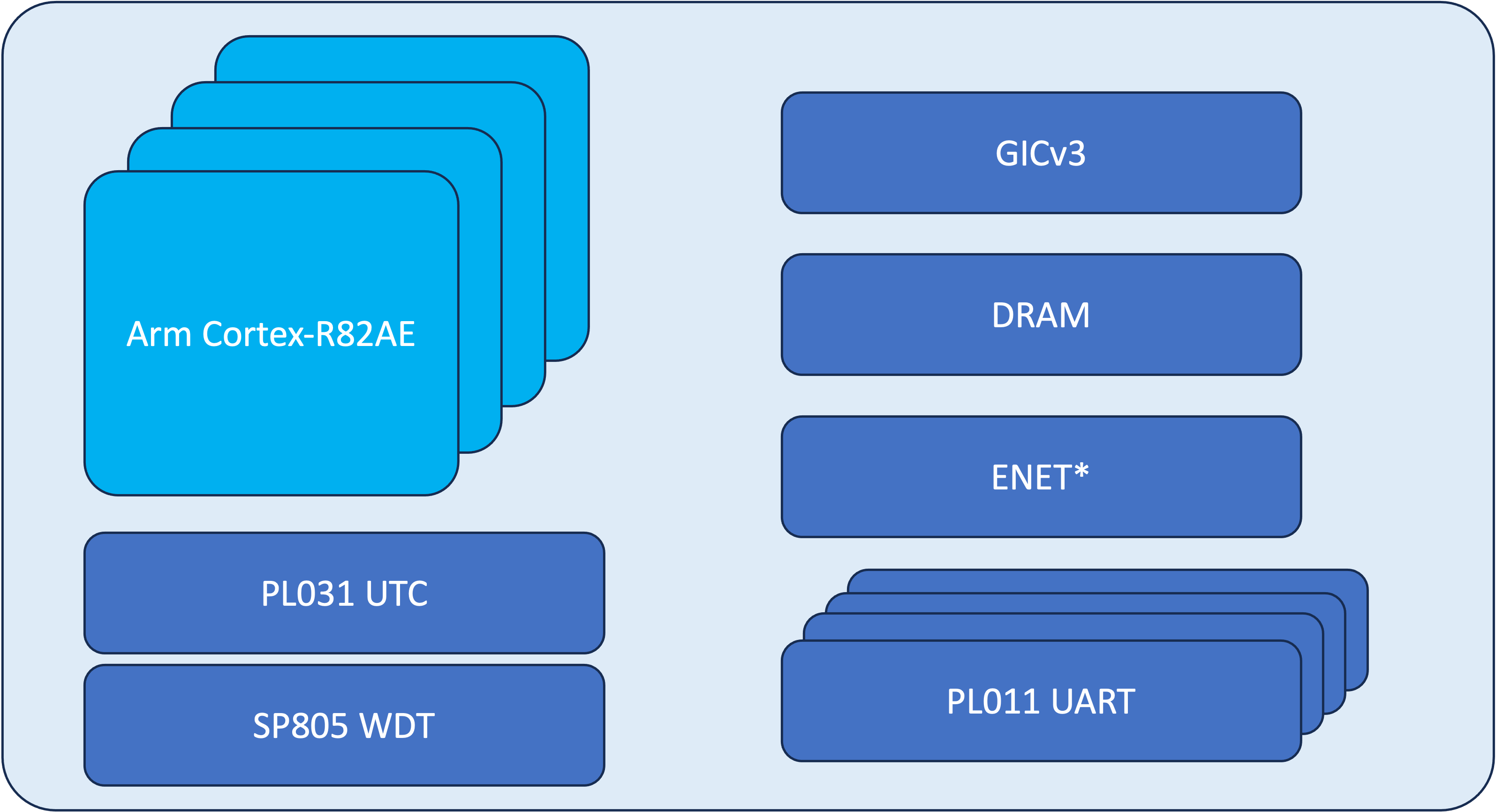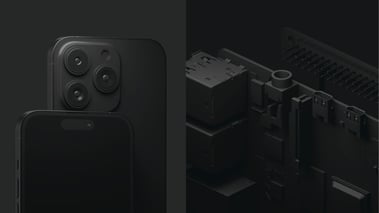Introducing the Cortex-R82AE and Cortex-R82 System Models

Arm recently announced its next generation of automotive IP. This impressive offering is set to meet the needs of the next generation of software defined vehicles. A key part of this rollout is its emphasis on software flows and methodologies leveraging virtual platforms. Here at Corellium, we are proud to have our solutions be called out as a recommended part of these next generation flows.
Expanding Automotive Solutions
As part of our ongoing Arm Virtual Hardware (AVH) partnership with Arm, we have already released models for the NXP i.MX8M+ and i.MX93 chips. These speedy devices have plenty of compute power and have CAN interfaces which enable them for automotive use cases. Our newly introduced Cortex-R82AE system marks the first time we've introduced a system targeted squarely at the automotive use case.
Below is a block diagram of the new systems. The Cortex-R82 systems have the same system blocks but with an R82 instead of the R82AE.

These systems contain all the IP needed to boot an OS or RTOS and get up and running. In fact, we have three variants of each system which do exactly that. There are two systems which have models of existing ethernet controllers (Microchip 91C111 and 9220) and each of these runs a stock Zephyr RTOS build. The final variant of each system has a more complex software stack and runs a stock Yocto Linux build on top of the Xen hypervisor. You aren't limited to just the OS builds we provide, however. You can easily load your own OS image on top of these models to start your own software development. In fact, multiple OS vendors have already done exactly that, which you can expect to hear more about in a future posting.
Using the models
All the new Cortex-R models are available today on AVH. You'll need a freely available Arm ID to access them (you can register here if you don't have one) but once you log in you can access a free trial for 30 days and 24 device hours. From there, there are numerous options. You can:
- Modify the software and OS on any of the models
- Extend the behavior of any of the models using virtual memory-mapped I/O
- Leverage the REST API to automate device handling
- Automate your DevOps flows with GitHub actions
- Communicate with and control AVH models using natural language queries via ChatGPT (AVH uses the same APIs as the standard Corellium offering discussed in this blog and webinar)
Hypervisor Technology
Unlike other virtual platform approaches, these systems aren't based upon Arm's Fast Models. They utilize a type one hypervisor to execute directly on Arm server cores. This delivers the fastest, most scalable performance while still delivering 100% binary compatibility. It also means that performance doesn't degrade as design sizes grow.
Revolutionize Your IoT Device DevOps with Corellium
Modernize the development of your IoT embedded software and companion mobile apps with virtual devices that tie into your SDLC process. Learn how Corellium’s high-precision virtual models enable faster development, enhanced security, and lower costs.
Book a meeting to learn how Corellium accelerates software development lifecycles with Arm-native virtual models and powerful tools and APIs.
What's Next?
We're far from finished rolling out auto-focused systems and solutions. We'll have a number of exciting follow ups coming out in the upcoming months. Stay tuned!
Keep reading

Employee Spotlight: Brian Robison, Chief Evangelist and VP of Product at Corellium

Advancing Automotive Software Development and Mobile Security Testing with Corellium


